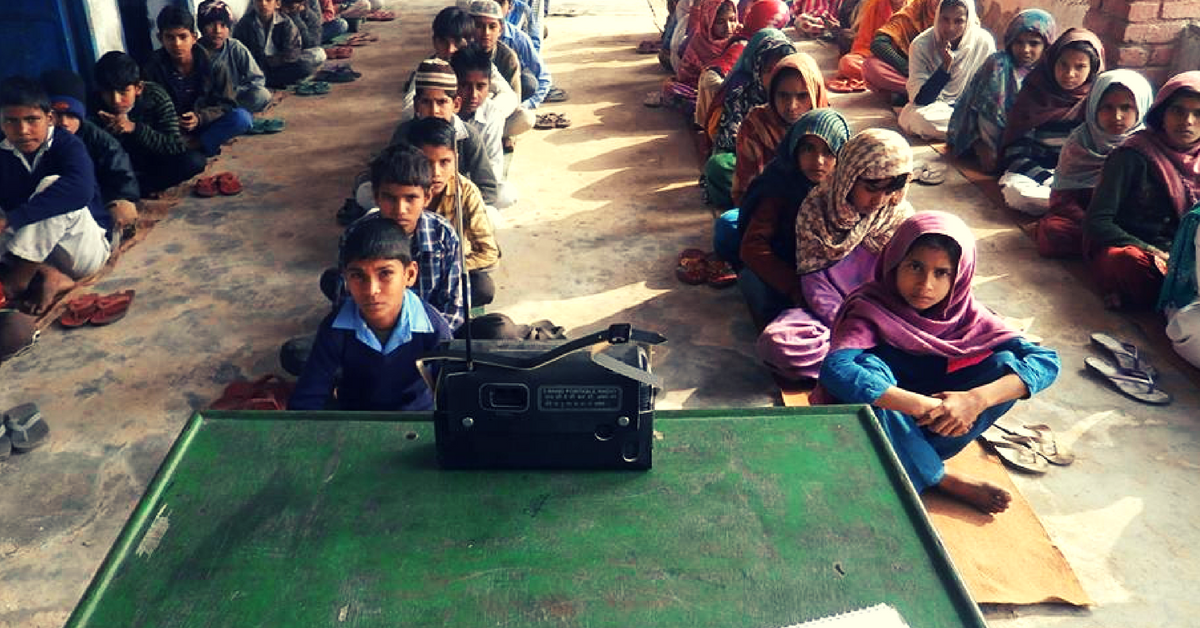Community Radio as a Development Information Center and Community Development Forum

Photo Credit : smartngo
Development is a process of sustainable growth and modernization whose results can reduce people's dependence on meeting their basic needs and can be distributed to the surrounding environment and society in general in the country in a sustainable manner, so it must become a mindset for the entire community. The aim of development is to improve the quality of life, realizing hopes and ideas to create the best and ideal life, through achieving suggestions from a program using technological means, so that they can be used and realized.
Development is not only a physical development activity, but also how to develop the community within it. This activity is not only the responsibility of the government but must also involve both the private sector and the community. Efforts to broadcast all forms of information related to development are carried out by all parties, including the community. Development is not just structural development but how this development is able to invite elements of society to become active and dynamic in their lives. (Ife, 1995; Ife & Tesoriero, 2016). There are 4 perspectives in development communication to encourage community participation, namely:
- Process : that development communication is related to culture, power and society.
- Method : through social control theory, learning theory, attitude change and community development.
- Program : to find out results, output and impact.
- Social Movements : used to determine public opinion, group and social/mass behavior.
A development information centre is a system where the community, government and all stakeholders in an area exchange information related to village development activities (Mulyandari et al, 2010). The general functions of the Development Information Centre are as follows:
- As a communication liaison between institutions and local communities.
- As a source of information.
- Provide information related to what is the focus of establishing the information centre.
- Serving the interests of the community of citizens.
- Educate and prosper the people.
Meanwhile, the main tasks of communication institutions in development include:
- Delivering information programs to the audience regarding the elements of change. Here the information centre functions as a bridge or liaison, both from internal institutions and from the government.
- Inviting the audience to participate actively in the activities carried out by the communication institution, as well as.
- Providing training as part of the educational process needed to support the skills possessed and in demand by the public.
One of the communication institutions that acts as a Rural Development Information Centre and Community Development Forum is community radio which we discussed in a previous article. In practice, regional community radio, apart from being an entertainment medium, also broadcasts news related to:
- Disaster management in local areas. In this case, community radio can collaborate with the Regional Disaster Management Agency (BPBD), Red Cross and other organizations to obtain accurate information about disaster situations. Apart from that, community radio can broadcast reports directly from the location of a disaster, including providing updated information to its audience about the situation and what anticipatory actions must be taken. In normal situations, radio communications can provide educational content to the public about disaster preparedness and handling steps, by inviting a team of experts in the disaster field to share safety tips.
- Developing local businesses and skills by broadcasting profiles of small and medium businesses in the area, sharing business success stories of its residents, and business strategies that can be shared with the local community. Community radio can also broadcast information about training or workshops that can improve community skills, and even hold live sessions on radio by inviting successful entrepreneurs or economic experts to talk about opportunities and challenges in developing local businesses.
- Transparency regarding development performance carried out by the local government. Community radio can present government officials as sources to inform what the government has done, including answering community complaints about the development process. In this process, community radio can involve its listeners to participate in discussions about development and provide opportunities to express their opinions. Apart from that, community radio can act as an investigator and provide in-depth reports about potentially problematic developments in their area.
- Local development issues by providing the latest news about development projects in the local area, including infrastructure projects and their impact on society. Community radio management can also hold interactive dialogue between government, entrepreneurs and the community to discuss ongoing development issues and provide insight into how they are overcoming local challenges.
- Supporting health information through health campaigns broadcast via radio. Apart from that, you can also create weekly health program sessions about disease, prevention and treatment, by inviting health workers such as doctors to answer listeners' questions.
- As an educational facility by providing updated information about educational developments in the region, including new policies and educational facilities. Community radio can also broadcast educational programs for children and young people, such as language learning, mathematics and science, and hold interview programs with teachers and students to discuss challenges and innovations in local education.
The existence of community radio as a centre for development information and a forum for community development must be utilized by creating a broadcasting strategy by utilizing technology to create interactive programs, such as direct calls from listeners or via social media, using multimedia platforms, such as podcasts and video streaming, to reach audiences. broader, including collaborating or working with local organizations, governments and educational institutions to strengthen content and ensure accurate information. With this approach, community radio can play an important role in improving people's quality of life and promoting sustainable development in their region.
-Diana Anggraeni
References
Ife, Jim. 1995. Community Development. Australia: Longman
Ife, Jim & Tesoriero, Frank. 2016. Community Development. Alternatif Pengembangan Masyarakat di Era Globalisasi. Jakarta: Pustaka Pelajar
Mulyandari, Retno Sri Hartati., Saleh, Amiruddin., Dadan. 2010. Revitalisasi Radio Pertanian Ciawi (RPC) sebagai Pusat Informasi Pembangunan Pertanian. http://www.litbang.pertanian.go.id/warta-ip/pdf-file/5.retno_vol19-1-10.pdf

